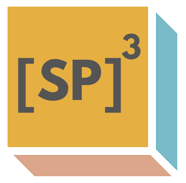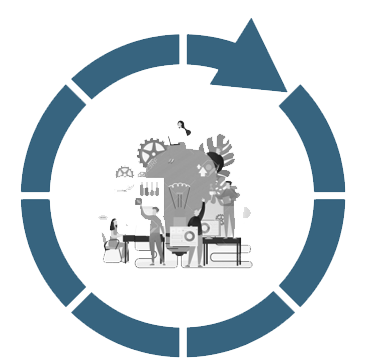SMART™ - An Inclusive Social Impact Assessment Framework
A social impact assessment is the first step you can take to know where your organization stands; an impact assessment will help you understand what areas you’re doing well in, and how and where you can improve. It will help you establish your organization as a world leader in your industry, creating business value in the form of better customer relationship, higher employee satisfaction and retention, greater ROI, higher efficiency, and much more.
At ATFI, our social impact assessment framework helps you understand and elevate all elements of knowledge management within your NGO. As a result, it will positively impact the people, processes, programs, content, culture, and technology that together define how you receive, control, enhance, share, and find the complete range of knowledge, information, and data. Moreover, a social impact assessment will consistently offer value to the business, driving adoption and engaging stakeholders in the process.
In a nutshell, we want to help you build a SMART™ organization.
The path to higher impact begins here.

The SMART™ Framework recognizes that a crucial aspect of securing funding is an organization's ability to develop sustainable and scalable programs. In order to achieve this, it is essential that an organization is streamlined and efficient.
To ensure that organizations are able to meet these standards, the SMART™ Framework has developed the [SP]3 Model™. This model helps organizations to assess and improve their Processes, People, and Programs, ensuring that they are Streamlined, Sustainable, and Scalable.

The [SP]3 Model™ utilizes the EDMO scale (Early, Defined, Managed, Optimized) to evaluate where an organization's Processes, People, and Programs stand and identify areas for improvement. By using this model, organizations can work towards becoming more efficient and effective, increasing their chances of securing funding and achieving long-term success.
To be SMART™....
at our core, we believe in the power of knowledge management to drive impact for the non profit sector.
Re-application:
Knowledge is used as evidence to inform future program development and practice.
Sharing & Dissemination:
Knowledge is shared fittingly with the most apt audience. Linking people and content and linking people with people, including both tacit and non-tacit knowledge.

Identification:
Identify the knowledge needed to effectively run and improve the organisation(s)
Capture:
Ensure data, information, and learning and experience from the programs and external environment is captured as evidence.
Synthesis:
Knowledge is analysed and synthesized to support organisational learning in an easily understood format and at a length which is digestible.
Storage:
Captured knowledge is properly stored to create a knowledge asset and can be accessed and found efficiently.